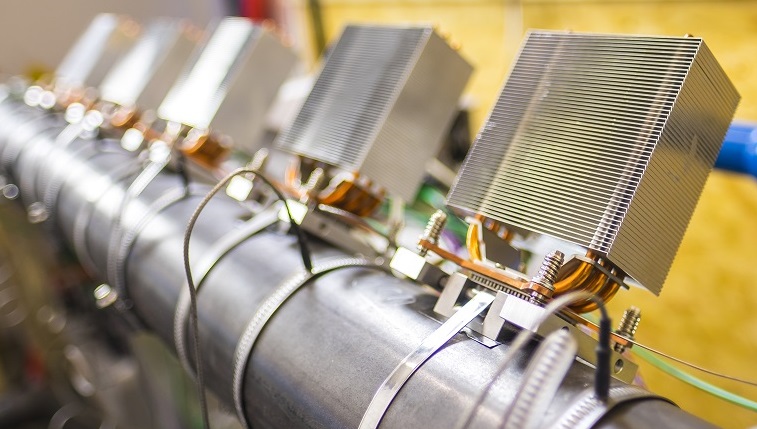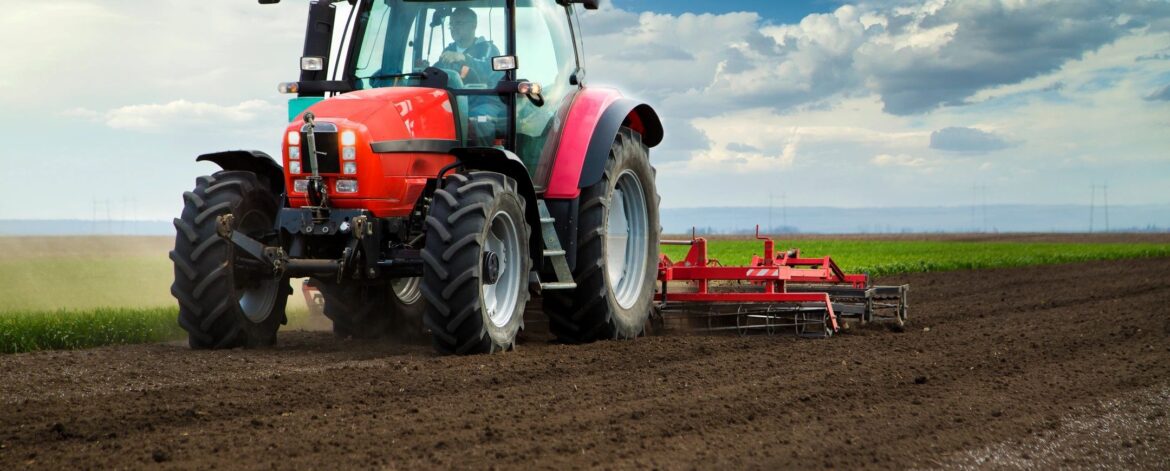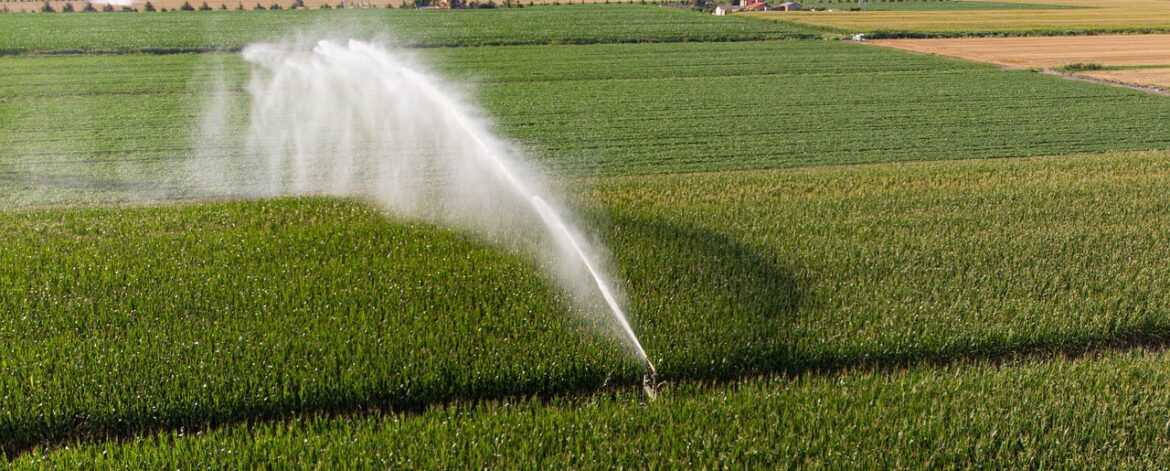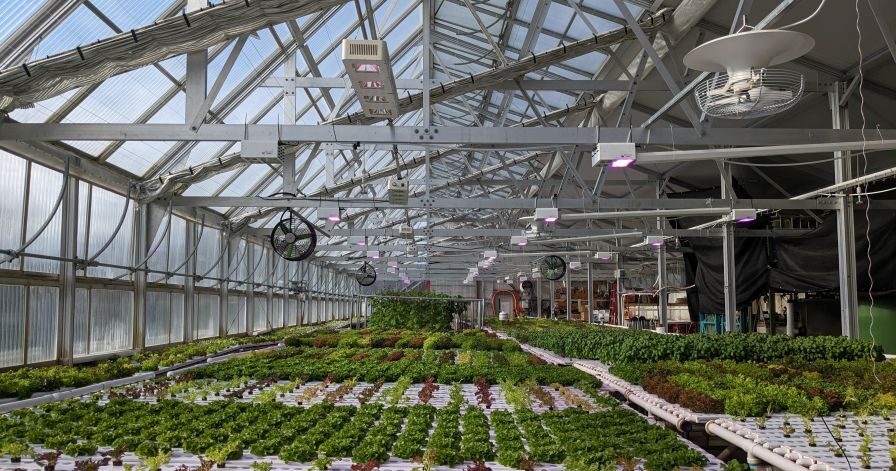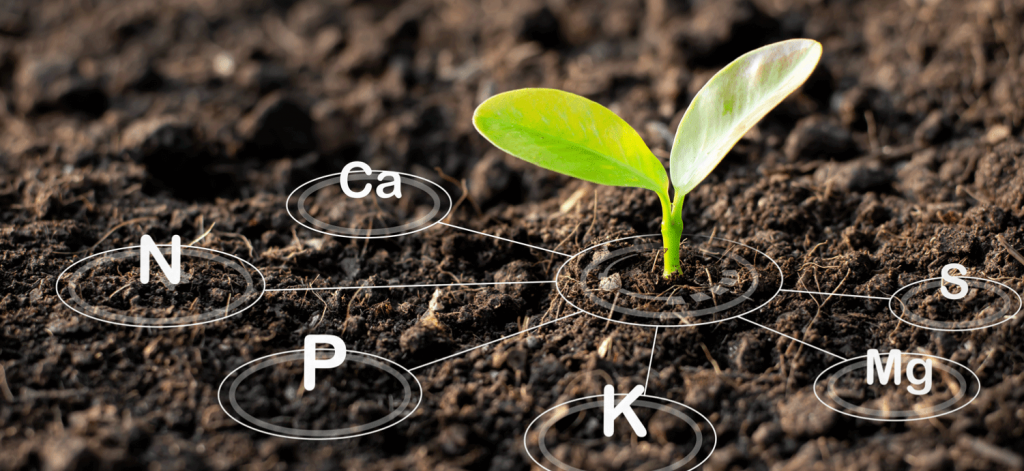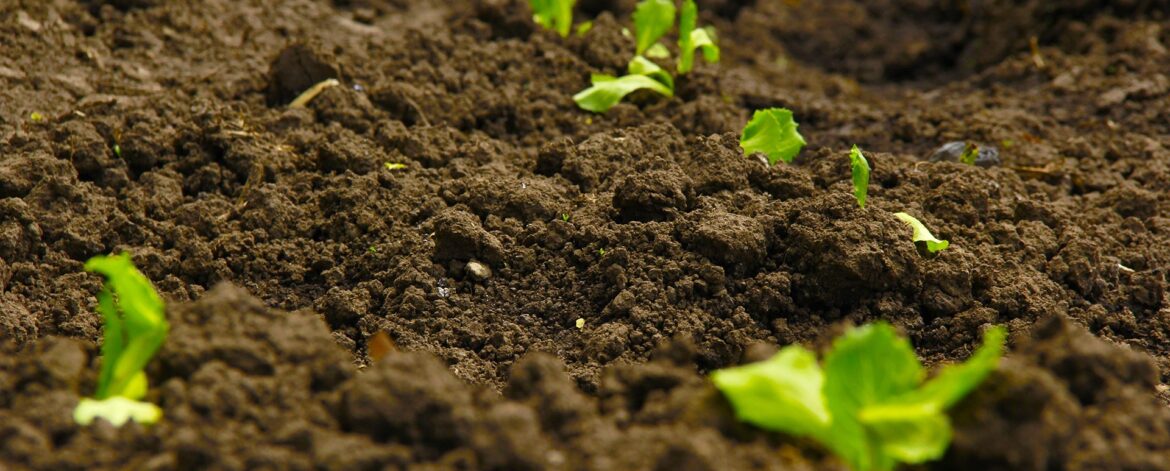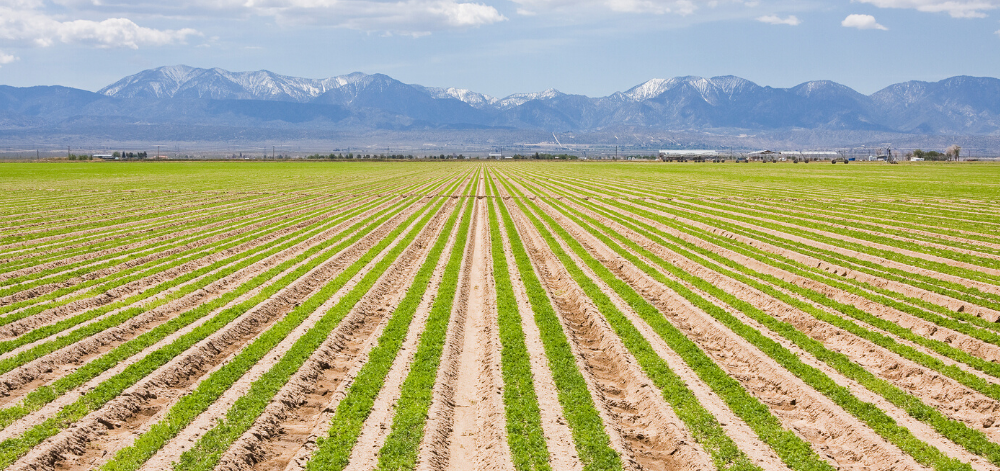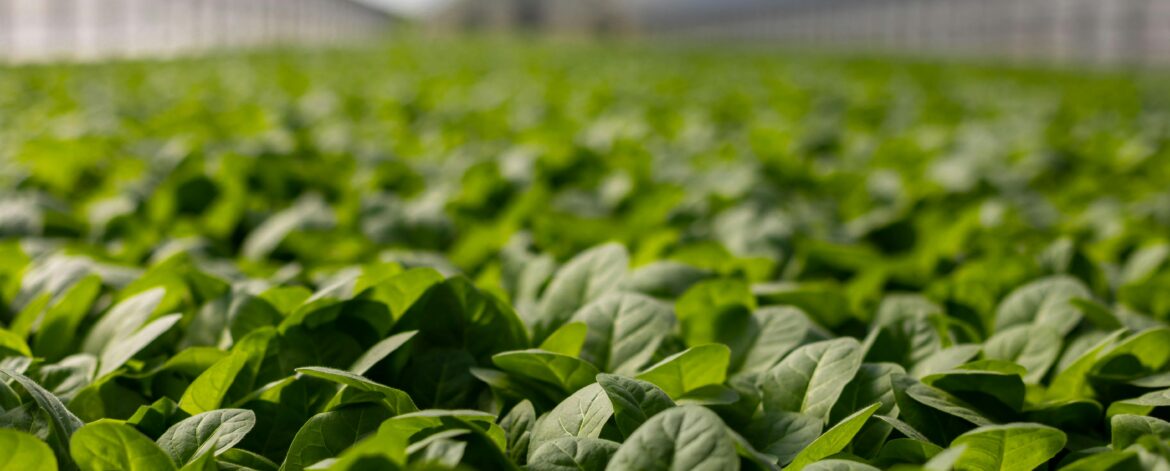Introduction Thermoelectric generators (TEGs) are emerging as a key technology for sustainable energy production. Utilizing the Seebeck effect, TEGs directly convert temperature differences into electricity, offering a clean and efficient solution for harnessing waste heat from various industrial processes. This article…
Tillage of Soil: Improving Soil Health and Agricultural Sustainability
Introduction Tillage methods play a significant role in modern agriculture, greatly influencing soil structure, fertility, and microbial activity. Traditional tillage practices often disrupt soil integrity, leading to erosion, compaction, and nutrient loss. However, conservation tillage and deep tillage have emerged as…
Greywater Agriculture: A Sustainable Solution for Water Scarcity
Introduction As global population growth continues to rise, the demand for food and water intensifies. Conventional agriculture, which consumes approximately 70% of freshwater resources globally, is under pressure due to water scarcity, climate change, and urbanization. This challenge necessitates innovative solutions…
Achieving Carbon Neutrality in Agriculture: Strategies for Mitigating Climate Change
Introduction Agriculture, a vital industry for global food security, also contributes significantly to greenhouse gas (GHG) emissions, accounting for about 23% of global GHGs. With climate change becoming an urgent issue, achieving carbon neutrality in agriculture has emerged as a key…
Smart Greenhouses: Technological Innovations for Sustainable Agriculture
Introduction Smart greenhouses have emerged as a crucial innovation in modern agriculture, addressing the challenges of food production, climate change, and resource efficiency. With the global population increasing and arable land decreasing, traditional farming methods are often insufficient to meet growing…
Oxygen Levels in Soil
Introduction Oxygen levels in soil are crucial for maintaining plant health, supporting root function, and enhancing nutrient uptake. In agricultural systems, soil oxygen concentration impacts root respiration, microbial activity, and nutrient cycling, particularly the nitrogen cycle. Oxygen-deficient soils can inhibit root…
Science of Soil Fertilizer
Introduction Soil fertility is foundational for sustainable agriculture, ensuring crop health and productivity. With the rise in global agricultural demand, efficient soil management is critical for meeting food security and environmental sustainability goals. Traditional fertilizers, while effective in providing essential nutrients,…
The Nitrogen Cycle in Agriculture: Balancing Productivity and Environmental Impact
Introduction Nitrogen is a critical nutrient for crop growth, playing a central role in protein synthesis and overall plant health. The nitrogen cycle, the natural process by which nitrogen is transformed and circulated in the environment, is heavily influenced by agricultural…
Adaptation of Plants to Extreme Temperatures: Mechanisms, Challenges, and Opportunities for Enhancing Resilience
Introduction With the intensification of climate change, plants around the world are increasingly exposed to extreme temperatures. Whether it manifests as heatwaves, frosts, or unexpected temperature fluctuations, this phenomenon poses a serious threat to agriculture, food security, and natural ecosystems. Extreme…
Modern Gardening Tools and Their Usages
Introduction Modern gardening is rapidly evolving with the integration of advanced tools and technologies that improve efficiency, sustainability, and productivity. With urban spaces shrinking and the need for precision growing, these tools cater to both professional horticulturists and home gardeners alike….


